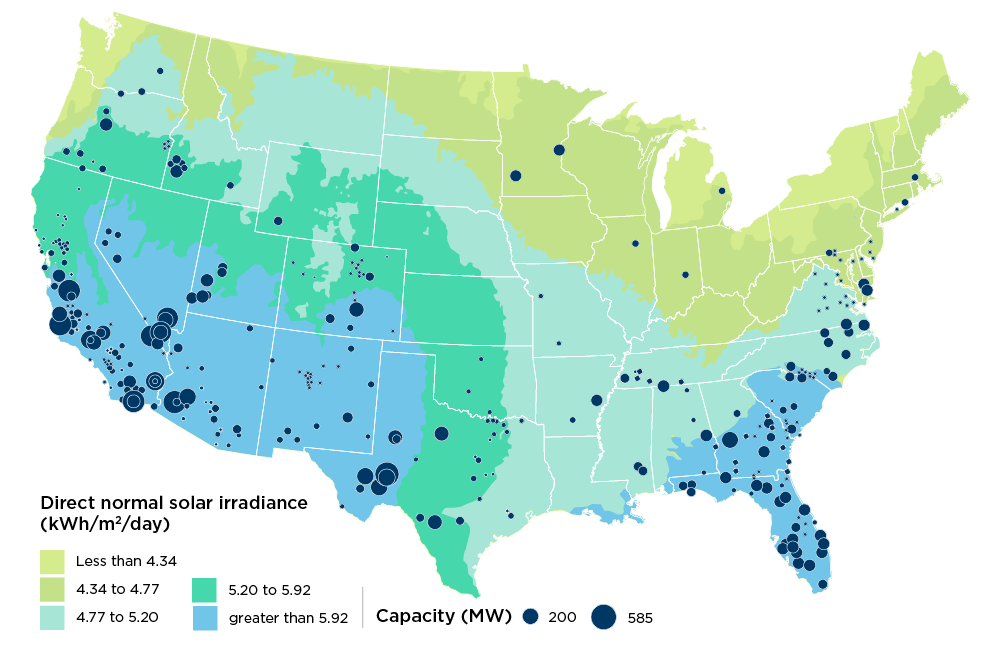Data centers are the neurons of our interconnected and data-rich world, storing and processing information at the speed of thought. Although they host what we know as cloud computing, their physical location is decidedly more terrestrial.
The process of selecting where to build them includes many variables. In theory, they could be built nearly anywhere. One potent option with room for growth: the American Southwest.
Building anything in the desert might sound counterintuitive. It’s a desert: desolate, hot and isolated. But here are four reasons it might be a perfect place for data centers.
- Favorable climate. The Southwest may be a desert climate, but it also isn’t prone to many of the natural disasters that the rest of the country often experiences. It doesn’t suffer from tornadoes, hurricanes, tsunamis, earthquakes, or other natural disaster events that trouble other regions. The area does have “monsoon season,” but those storms tend to be short-lived, localized and significantly less powerful than other climatic calamities.
- Abundant solar resources. If there’s one thing the Southwest has in abundance, it’s sunny days, giving the region the best solar resources in the country. Large companies pushing to decarbonize their operations can pursue that objective by locating in the Southwest and being closer to those renewable resources. The region already benefits by absorbing excess solar power from California during the daylight hours. Solar development in the southwestern states is likely to continue expanding to take advantage of wide-open spaces, significant solar resources, and utility commitments to clean energy goals in the near future. Adding data center load to the area will help spur that development even further.
 Figure 1: U.S. solar PV capacity and direct normal solar irradiance. Source: U.S. Energy Information Administration
Figure 1: U.S. solar PV capacity and direct normal solar irradiance. Source: U.S. Energy Information Administration - Energy security. Data centers depend upon an uninterrupted supply of power. Utilities in the southwestern states have reliable and robust electrical transmission and distribution networks to supply their communities. The region is also home to the Palo Verde Generating Station, the largest power plant by net generation in the country, with average power production of about 3.3 gigawatts. The nuclear plant provides consistent, cost-effective, carbon-free energy as a baseload resource in combination with other power resources in the area.
- Connectivity. All the data storage in the world would be rendered useless if it could not be relayed elsewhere swiftly and reliably. The metro areas in the Southwest all have significant fiber-optic networks connecting them together and linking to the West Coast. Having the bandwidth infrastructure in place and connected to those major networks means less upfront investment in building the necessary supporting infrastructure. That adds to the factors making the Southwest highly cost-competitive.
Make no mistake, the desert environment still poses some challenges to data centers. The facilities require large amounts of power — both for operation and, in many cases, the cooling of equipment — and some of the technology is very sensitive to fine particulate matter. But the combination of easy access to renewable power sources and careful facility design can overcome obstacles and make the desert Southwest a sensible and feasible option.
Strategic site selection and interconnection can help you make cost-effective decisions in your planning process. We help you explore your options and make strategic choices that make you successful.




